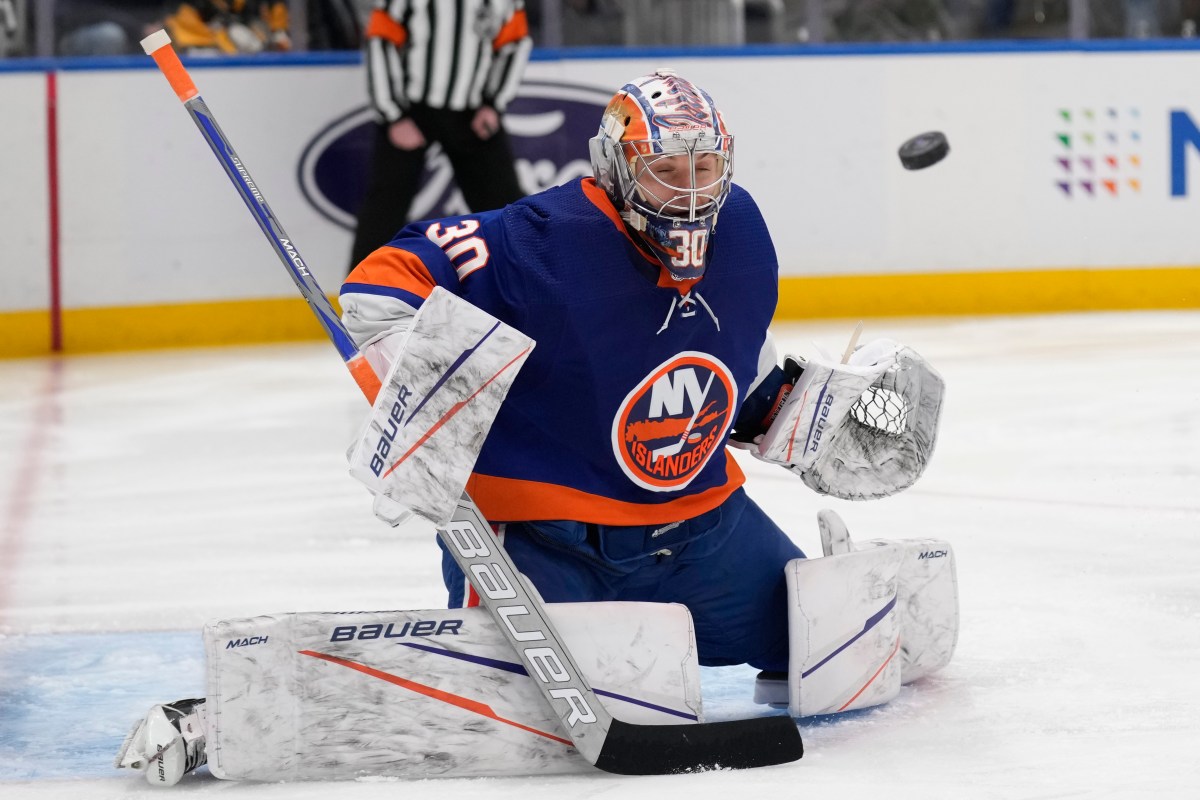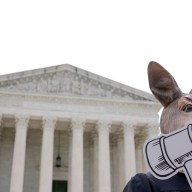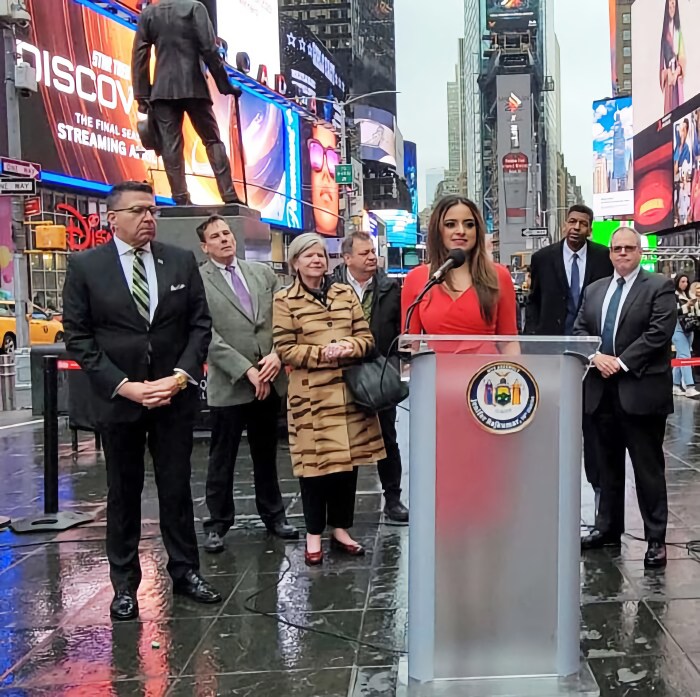Emma Lindley decided she was tired of her small breasts. So last year, she got implants — but not discreet ones. Lindley chose to go from an A cup to a D cup.
“I didn’t feel feminine in most clothes, particularly bikinis and dresses,” says Lindley, a 26-year-old Londoner. “And because of my small breasts, I lacked confidence, which affected everyday life. I felt underdeveloped and like a boy.”
Lindley is part of a larger trend. “Women used to come to us asking for implants that kept their natural look,” says Dr. Nilesh Sojitra, a plastic surgeon at London-based clinic Mybreast, where Lindley had her surgery.
“Now more and more women want very large implants. They’ve heard that a DD or E cup is good, so that’s what they ask us for.”
According to Cloverleaf Medical, a leading British distributor of breast implants, sales of its largest implants have increased by 20 per cent over the past five years.
Aesthetics are by no means the only factor to consider when deciding upon implant size. In a discussion of breast implant surgery on its website, plasticsurgery.ca, the Canadian Society of Plastic Surgeons notes that “in general, the larger the implant, the greater the risk of complications.”
Breast implants are also becoming more popular across the board: Last year, the number of such surgeries in the U.K. increased by 30 per cent from 2007.
“All women want a fuller look nowadays,” explains Dr. Douglas McGeorge, a plastic surgeon and former President of the British Association of Aesthetic Plastic Surgeons. “Especially women in their late teens or early 20s, who haven’t fully developed their breast tissue, now ask for implants.”
When Sojitra asks his patients to try on an E cup bra, some change their minds. “But many choose very large implants, whether they look natural or not,” he notes.
















